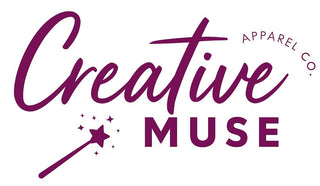In fashion, there exists a lexicon of terminology that can sometimes leave even the most seasoned style enthusiasts scratching their heads. From smocking to empire waist, each term describes a unique element that contributes to the overall aesthetic of a garment.
The purpose of this blog post is to demystify some of the commonly used terms in product descriptions, aiming to make shopping for clothing a more accessible and less intimidating experience for all.
Here goes:
-
Smocking: Smocking refers to a decorative stitching technique used to gather fabric, often seen in the bodice or sleeves of garments, creating a stretchy and textured effect. It adds both visual interest and elasticity to the fabric, making it a popular choice for children's clothing and bohemian-inspired designs.
-
Shirring: Similar to smocking, shirring involves sewing parallel rows of elastic thread into fabric to create a gathered or ruched effect. This technique is commonly used in the waistbands of skirts and dresses, as well as in sleeves and neckline detailing, to add texture and elasticity to the garment.
-
Bias Cut: When fabric is cut on the bias, it means it's cut diagonally across the grain, allowing it to drape and cling to the body in a flattering manner. Bias-cut garments often have a fluid and figure-skimming silhouette, as the fabric stretches and moves with the body.
-
Empire Waist: An empire waist refers to a high waistline that sits just below the bust, with the rest of the garment flowing loosely down to the hem. This style elongates the torso and creates a flattering silhouette, making it a popular choice for dresses and tops, particularly in maternity wear and vintage-inspired designs.
-
A-Line: A-line describes a silhouette that is fitted at the waist and gradually widens towards the hem, resembling the shape of the letter "A". This universally flattering style is often found in skirts and dresses, as it skims over the hips and thighs, creating a balanced and feminine look.
-
Slub: Slub fabric is characterized by irregularities or thickened areas in the yarn, resulting in a textured and slightly uneven appearance. This unique texture adds depth and interest to garments, giving them a casual and relaxed vibe.
-
Dolman Sleeve: Dolman sleeves are characterized by their wide, roomy fit and a lack of a defined shoulder seam, creating a relaxed and draped look. They often taper towards the wrist, adding a touch of elegance to tops and dresses.
-
Lantern Sleeve: Lantern sleeves are full and voluminous sleeves that gather at the wrist, creating a distinctive lantern-like shape. This dramatic sleeve style adds a whimsical and romantic touch to blouses and dresses, making them a statement piece.
-
Midi: The term "midi" refers to the length of a garment that falls somewhere between the knee and ankle, typically hitting mid-calf. Midi skirts and dresses are versatile wardrobe staples that can be dressed up or down for various occasions.
-
Babydoll: Babydoll refers to a style of dress or top that is characterized by a fitted bodice and a loose, flowing skirt or bottom. This sweet and feminine silhouette often features empire waistlines, delicate detailing, and a flirtatious vibe.
-
Tiered: Tiered garments feature layers of fabric that cascade down from the waistline, creating a tiered or layered effect. This design adds movement and dimension to skirts and dresses, lending them a playful and bohemian flair.
-
Boat Neck: A boat neck, also known as a bateau neckline, is characterized by its wide, horizontal shape that extends across the collarbones. This neckline elegantly showcases the shoulders and collarbones, adding a touch of sophistication to tops and dresses.
By demystifying these commonly used but often misunderstood terms, we hope to empower you to navigate the world of fashion with confidence and flair. Whether you’re a fashion enthusiast or simply curious about the terminology behind your favorite styles, understanding these key terms will deepen your appreciation for the artistry and craftsmanship that goes into creating each garment.
So go ahead, experiment with different silhouettes, textures, and detailing, and let your personal style shine!
if you have any additional terms you’d like us to explain in layman’s terms, please let us know! We’d be happy to add to this list for your benefit!
Send your requests to: hello@shopcreativemuse.com


